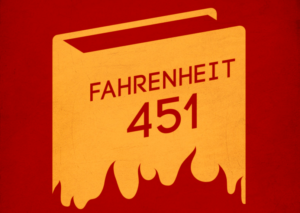It was not long ago that presidential hopeful Mitt Romney was widely mocked for correctly pointing out that 47% of Americans do not pay income taxes. He actually understated the situation. In fact, thanks to a combination of deductions and “refundable” tax credits, millions of Americans find that not only do they not have to pay income taxes, the government actually has to pay taxes to them! In 2017 alone, these “negative income tax rate” filers cost actual taxpayers over $56 billion in payouts.
According to the most recent IRS data available, roughly 40% of American tax filers paid a negative income tax rate for tax year 2017. To be clear, this is not referring to Americans who received a refund of the money they paid ahead of time via payroll withholdings, which is quite common in and of itself. Rather, 40% of Americans used a combination of tax deductions and tax credits to reduce their total annual tax liability to the I.R.S. to less than $0.00, and then received extra money that they did not earn as a form of tax welfare.
- $1 to under $10,000: -8.7%
- $10,000 to $20,000: -10.6%
- $20,000 to under $30,000: -2.5%
- $30,000 to $50,000: 4.2%
- $50,000 to $100,000: 8.8%
- $100,000 to $200,000: 12.6%
- $200,000 to $500,000: 19.2%
- $500,000 to $1 million: 25.4%
- $1 million to $1.5 million: 27.6%
- $1.5 million to $2 million: 28.3%
- $2 million to $5 million: 28.7%
- $5 million to $10 million: 28.3%
- $10 million or more: 25.6%
While it is impossible from the data to extract an exact number in each bracket that pays a positive and negative tax (it is likely, for example, that some in the $20k-$30k range pay a positive tax, while some in the $30k-$50k range pay a negative tax), nevertheless, filers in the first three groups combine to average a negative tax rate, and these groups comprise 40% of the tax returns filed (approximately 64,640,000 returns out of 152,903,000 filed).
The reason for this is that some tax credits are “refundable,” meaning that if the credit brings one’s tax liability below zero, the government then gives that person free money. For example, the child tax credit is $2000, of which $1400 is refundable (meaning it can be used to create a negative liability). So a taxpayer earning $20,000 would first apply his standard deduction of $12,000, reducing his taxable income to $8,000. The tax rate for that level of income is 10%, meaning he would owe $800. But if he has a child, he can apply the $2000 tax credit to that, wiping the entire $800 out, and creating a negative tax liability of $1200, that the government would then give to that person as a reward for filing a tax return. So not only does he not owe any income tax to the government, the government owes taxes to him.
And, in the above example, that person would actually also qualify for the earned income tax credit of around $2000, which is fully refundable. So on an income of $20,000, not only would this taxpayer pay no taxes, the government would actually have a tax liability to him of around $3200, which would be a tax rate of negative 16%. And it could be lower than that, depending on how many children this person has, whether he is married, and any number of other factors. Note that this data is specific to federal income tax rates, and does not FICA taxes for Social Security and Medicare, which are not deductible and are calculated separately, because they get returned to the taxpayer (theoretically) once they are eligible to receive benefits from those programs.


